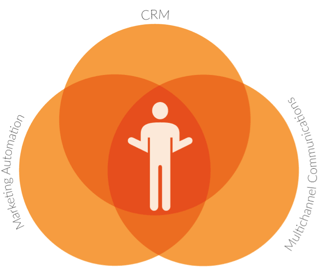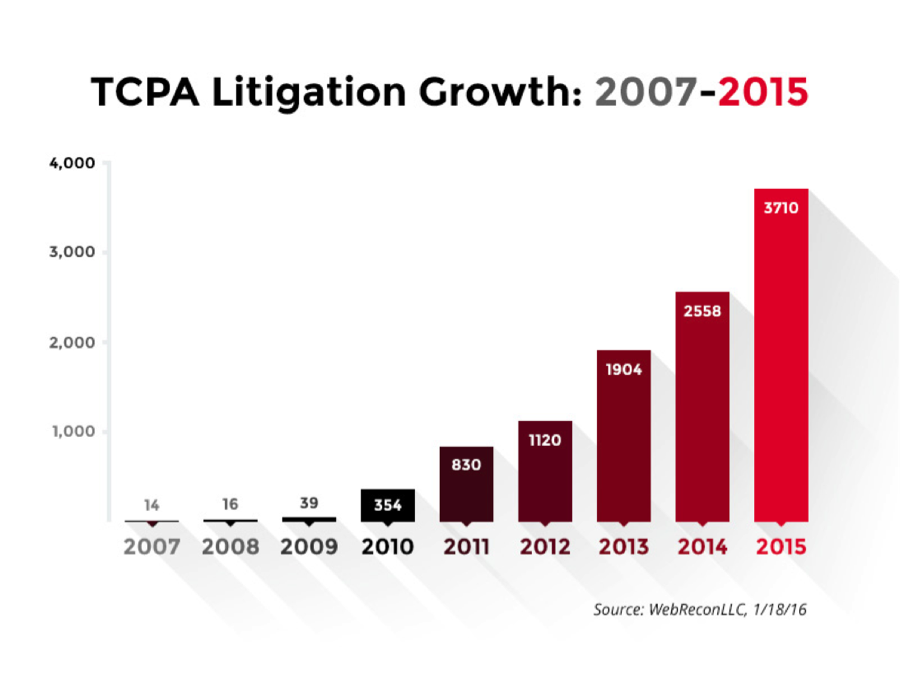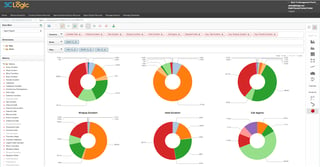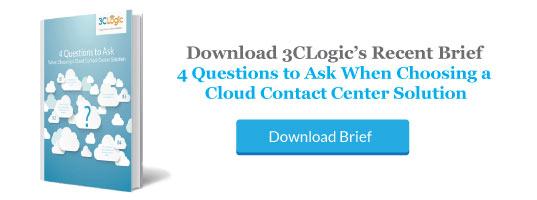If you’re a company performing outbound sales campaigns, there is a high likelihood you have a portion of your employees regularly making phone calls. But as consumers become increasingly mobile and caller-ID gains widespread adoption, sales reps are finding it increasingly difficult to get in touch with their prospects. In fact, it takes the average sales rep eight calls to get in touch with a single prospect, of which only 2% result in an appointment. Factor in the added complexity of maintaining compliance with the latest industry regulations, and keeping up with it all can feel like a juggling act. As a result, many businesses have turned to contact center solutions to assist not only in increasing contact rates, but also enhancing the quality of interactions. Is it time to adopt a contact center solution for your organization? If you answer yes to one or more of the following statements, it may be something to consider.
Prospects aren’t answering your calls: Today, it is twice as difficult for reps to get in touch with prospects as it was seven years ago, which should come as no surprise when considering that eight out of ten consumers are extremely unlikely to answer a call from a toll free or unknown number. But with a contact center solution, sales reps can automatically reach out to prospects from their own local area code, which has shown to increase contact rates by 400%. If you’re having trouble getting prospects to even answer the phone, this may be a viable option.

Your sales reps spend most of their time attempting to reach people: Are your reps spending a significant amount of their time attempting to get in touch with prospects, with little to no success? The average sales rep spends an astounding 80% of their time on outreach, and only 20% actually speaking to potential customers. But with the help of ATDS devices (auto-dialers), reps can automatically initiate contact with leads as they are wrapping up a call while filtering out answering machines, faxes, invalid numbers, and leads on DNC lists, minimizing the time spent between interactions and significantly improving contact rates.

Your phone, CRM, and marketing automation don’t communicate: As an organization performing outbound sales, you likely have a solution(s) to assist in attracting leads, managing their information, and communicating with them—but are all of these solutions sharing their valuable information with each other? By integrating your marketing automation and CRM with a contact center solution, web generated leads can automatically be sent into the dialer and called on by a sales rep within minutes, which has shown to increase conversion rates by 9 times. Lead lists, as generated from services such as Pipl, can also be uploaded to the dialer and called by reps, syncing only those interesting prospects with the CRM for follow-up.
Your technology doesn’t facilitate TCPA-compliance: As technology evolves and regulations continue to change at a moment’s notice, many businesses are finding it increasingly difficult to keep up with and understand the latest legal boundaries (TCPA, PCI-DSS, HIPAA,) impacting their businesses. And if your organization has not legally obtained consent to call prospects, you could find yourself facing TCPA noncompliance. Are you contacting leads from a smart phone? Are you scrubbing leads against the national DNC list on a daily basis? Have you made sure numbers haven’t been reassigned? TCPA-friendly call center solutions can facilitate your business’ ability to remain compliant with the latest standards and regulations.

You don’t have records of your interactions: Do you and your agents have records of every customer/prospect interaction? Do you have recordings of these interactions? Call history and recordings can assist businesses with a number of initiatives, including quality management, compliance, and training. The can also be used by reps to better understand where they left off with a prospect to help facilitate a successful close in the future.

You can’t properly track and monitor employee performance: Understanding how your employees are performing in customer facing environments is absolutely crucial—but can be challenging without the right quality management and reporting capabilities. With customizable reporting and business intelligence, supervisors can easily identify metrics that are the most crucial to their business’ success, whether it’s CSAT scores, conversion ratio, dials per hour, $ sales/hour, etc. And for those struggling agents, supervisors should have the tools they need to silently monitor interactions and whisper suggestions when needed. Such capabilities and insights are simply not available on traditional telephony platforms.





